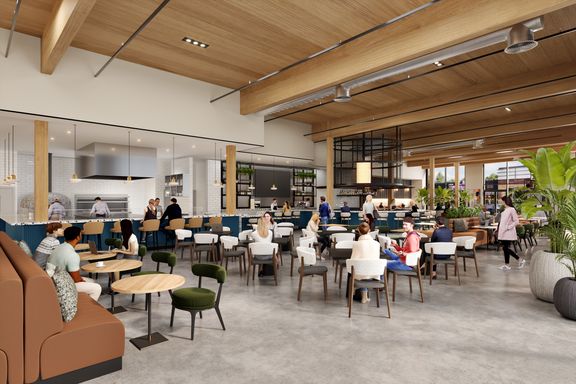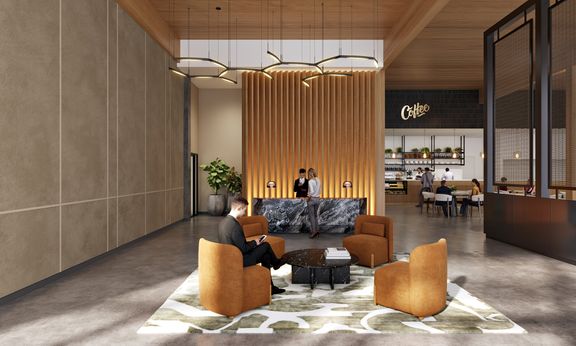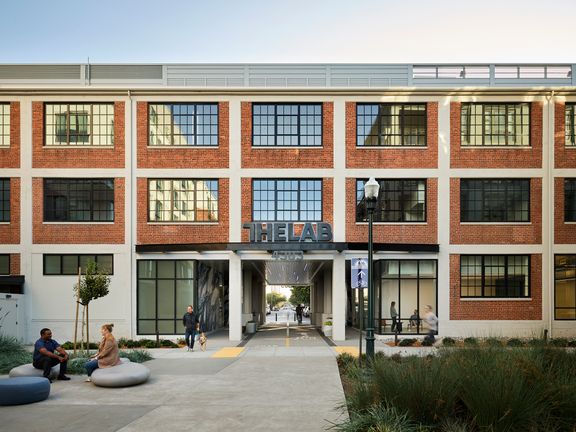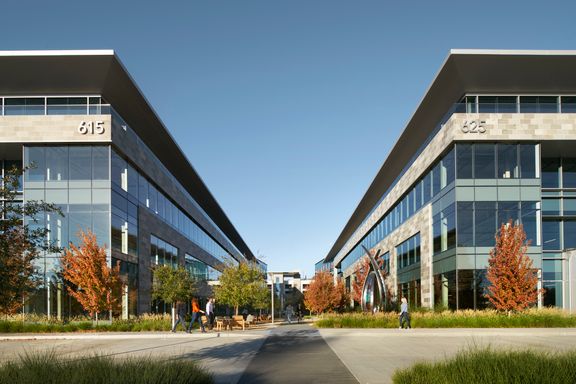DES Recognized for Leadership in Sustainability by Fitwel
Kenny Hung AIA, LEED AP BD+C, WELL AP, Fitwel Amb
Reema Nagpal LEED AP BD+C, WELL AP, Fitwel Amb
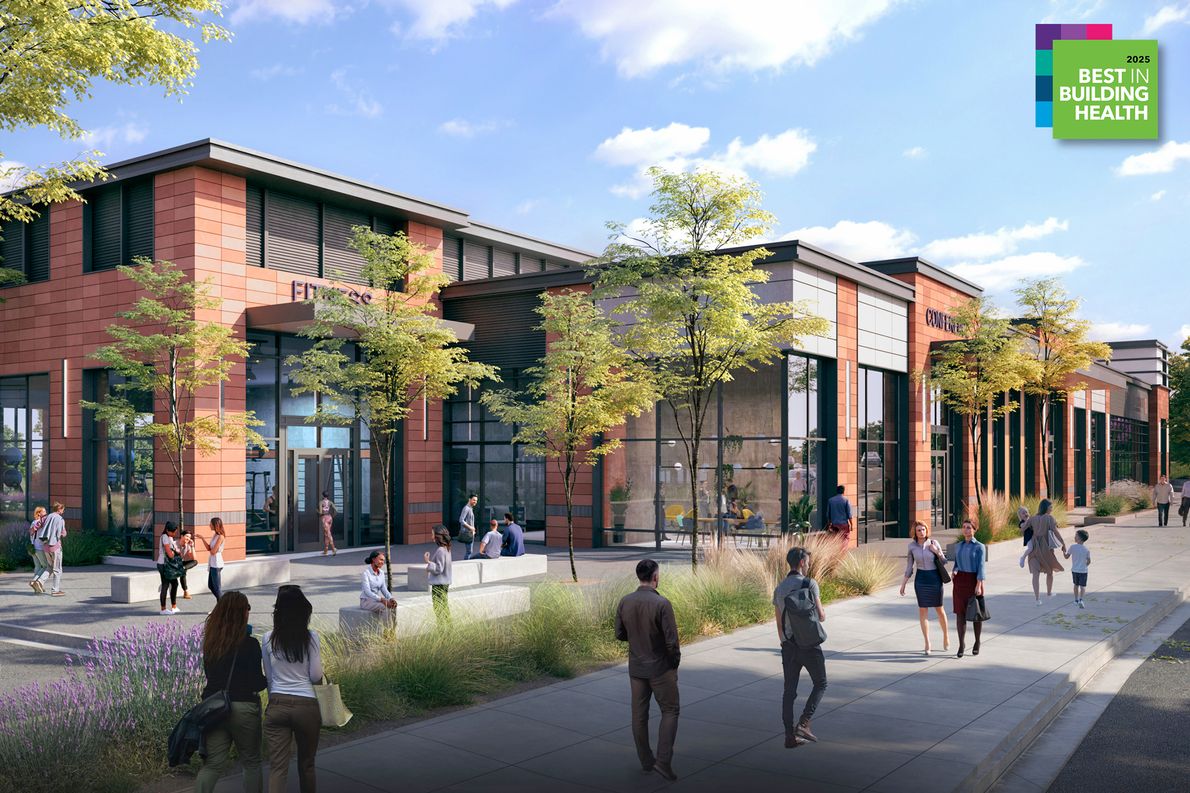
Fitwel Recognizes Honorees Leading the Healthy Building Movement
We’re pleased to announce that our recently completed Southline Amenities project has won the Best in Building Health Award for Highest Scoring Retail v2.1! Certified last year in San Francisco, the new 29,000-sf amenities building acts as a centralized gathering space for the Southline campus, with a cafe and coffee bar, fitness center, conference rooms, and gathering spaces. Deliberate design choices throughout serve to prioritize occupant health, a core focus of Fitwel certification. Notably, the structure is constructed from mass timber, which offers substantial biophilic benefits, creating a more natural and calming indoor environment.
DES Wellness Practice Lead, Reema Nagpal, was also recognized as a 2025 Top Fitwel Ambassador!
Selected from nearly 5,000 professionals across 50+ countries, this award celebrates her leadership, dedication and impact in advancing the healthy building movement. Reema is also LEED AP BD+C and WELL AP certified, and a vocal advocate for the integration of sustainable solutions in the built environment. She provides critical thought leadership to DES and its clients, in service of creating a greener future for generations to come.

We caught up with Reema to get a better understanding of what Fitwel certification means for Southline and beyond—
Q: What is Fitwel?
Fitwel is a certification system that puts occupant health at the forefront of building design and operation. It’s a bit different from our standard sustainability metrics, which often focus on things like energy and water. Fitwel is all about how a building impacts the people inside- their physical and mental well-being. It assesses a broad spectrum of factors, including the promotion of physical activity through architectural design, the provision of access to nutritious food options, the facilitation of social connectivity, the cultivation of mental well-being via elements such as natural lighting and biophilic integration, and the prioritization of occupant safety.
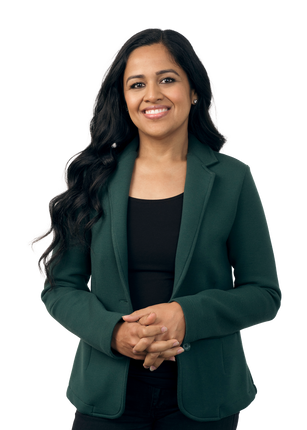
Reema Nagpal LEED AP BD+C, WELL AP, Fitwel Amb
Wellness Practice Lead
Q: How does it align with other sustainability metrics (i.e. LEED, WELL)?
Fitwel serves as a complementary, rather than a competitive, framework to systems like LEED. LEED comprehensively addresses environmental sustainability, encompassing energy efficiency, water conservation, embodied carbon and Indoor Air Quality (IAQ). While LEED incorporates IAQ as part of its broader sustainability strategy, Fitwel provides a more granular and dedicated approach to occupant health and wellbeing. It is feasible and often advantageous for projects to pursue both certifications, leveraging the synergistic potential between their respective objectives.
WELL and Fitwel are both laser-focused on occupant health. While WELL is considered a more rigorous system with specific performance thresholds, the two certifications share many common goals such as maximizing natural light, encouraging physical activity, healthy eating, and integrating outdoor restorative spaces. However, they differ in how they approach and implement these objectives.
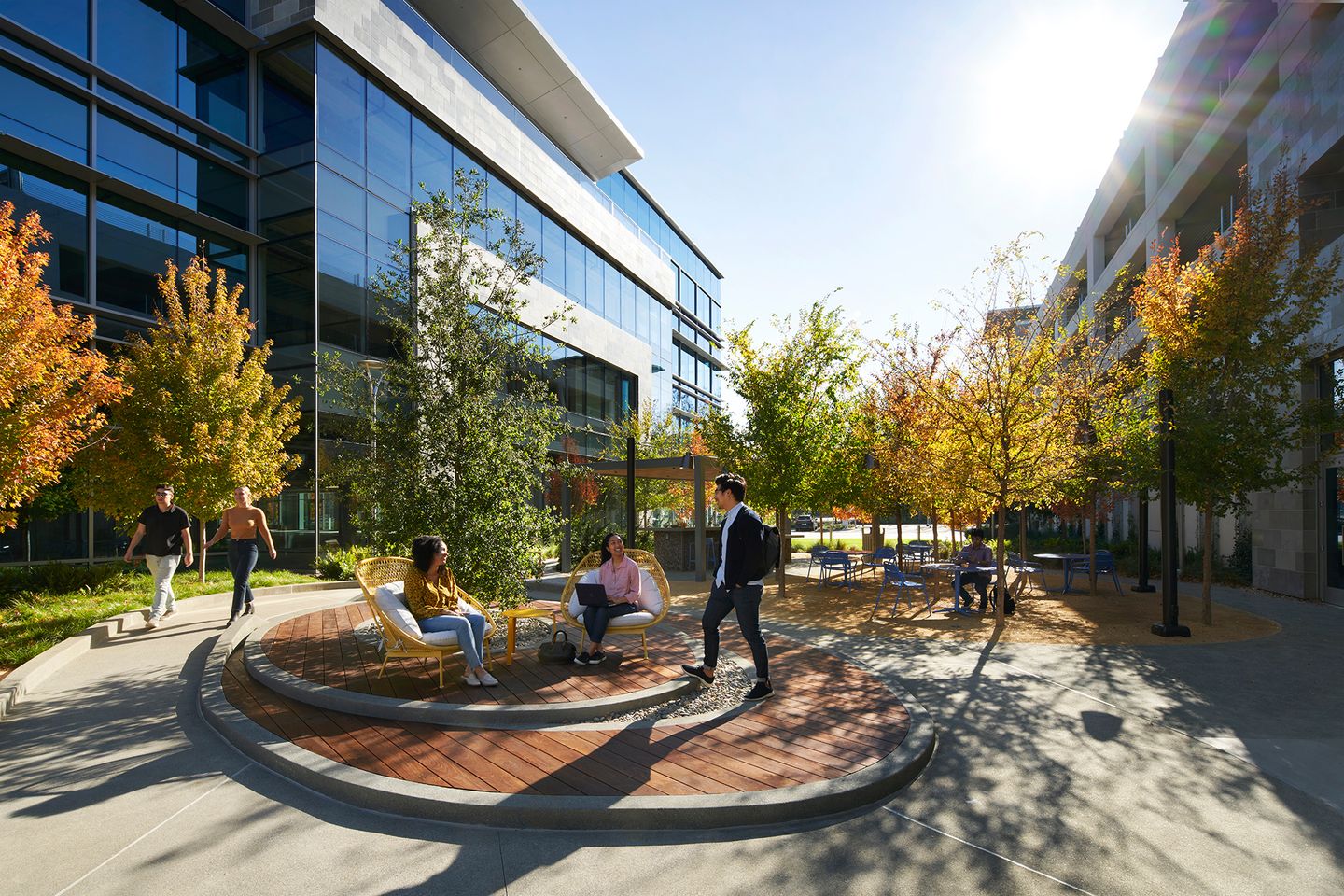
An example of a project that has achieved multiple certifications through different third-party rating systems, Mathilda Commons is a creative campus in Sunnyvale that is both LEED Gold and Fitwel 1 Star certified.
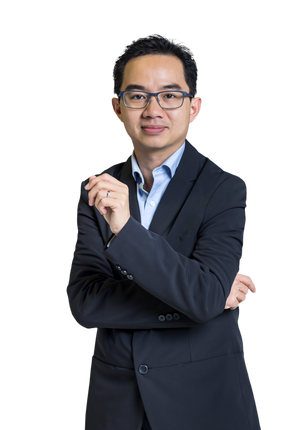
Kenny Hung AIA, LEED AP BD+C, WELL AP, Fitwel Amb
Senior Associate | Director of Sustainable Design
Q: What were some features of the project that were intentionally included to promote occupant wellness?
We made several deliberate design choices, consistent with our firm’s typical approach, to prioritize occupant health, which significantly contributed to our Fitwel score. Notably, we integrated a mass timber structure, which offers substantial biophilic benefits, creating a more natural and calming indoor environment. Access to outdoor spaces was crucial; we designed numerous restorative gardens, providing opportunities for relaxation and physical activity. We placed a strong emphasis on encouraging movement, incorporating dedicated indoor and outdoor spaces for physical activity, including accessible stairways and walking paths. And finally, we implemented a comprehensive healthy food and beverage policy for the on-site restaurant, ensuring access to nutritious options.
While there were other elements, these were some of the most impactful strategies we employed—strategies that reflect our ongoing commitment to designing spaces that foster occupant well-being.
Q: How can architects encourage and communicate the value of Fitwel (and other sustainability metrics) successfully to owner/developers who are cost conscious?
It’s important to reframe the conversation from upfront costs to long-term return on investment. Emphasize how health-focused design can enhance property value, lower operational costs through strategies that support energy and resource efficiency, and boost tenant satisfaction and productivity.
Supporting these points with data-driven case studies that highlight measurable financial and social outcomes is key. Additionally, positioning certifications like Fitwel as a tool for market differentiation and aligning with the growing demand for ESG-aligned development strengthens the overall value proposition.

Prioritizing occupant wellness, the new Southline Amenities building has a state-of-the-art fitness facility with direct access and views to the outdoors, spaces for individual and group exercise, and a modern industrial vibe with exposed timber and polished concrete.
Q: What advice would you give a team who is considering pursuing Fitwel for the first time?
Start by integrating Fitwel strategies early in the design process—many of the requirements align naturally with good design practice.
Q: What’s next for sustainability at DES? What are some ways to keep pushing the industry forward?
At DES, we have an “all hands on deck” mentality when it comes to sustainability and wellness design. We are focused on better communicating our value proposition to our clients and project teams so that they understand the evolving sustainability landscape, code requirements, and latest technologies and methodologies. Our professional staff are well versed in sustainable and wellness design standards and certification, with over 50% of our team members certified in LEED, WELL, and/or Fitwel. Our in-house sustainability experts continue to develop internal tools and provide training and support to project teams to achieve great design and outcomes.
About Fitwel
A rigorous third-party healthy building certification system, Fitwel sets the industry standard for evidence-based strategies that promote health and well-being through the built environment. Fitwel’s Best in Building Health is an annual list honoring the top global real estate companies and individuals leading the healthy building movement by example, leveraging the trusted Fitwel Standard to define excellence in building health for all.
